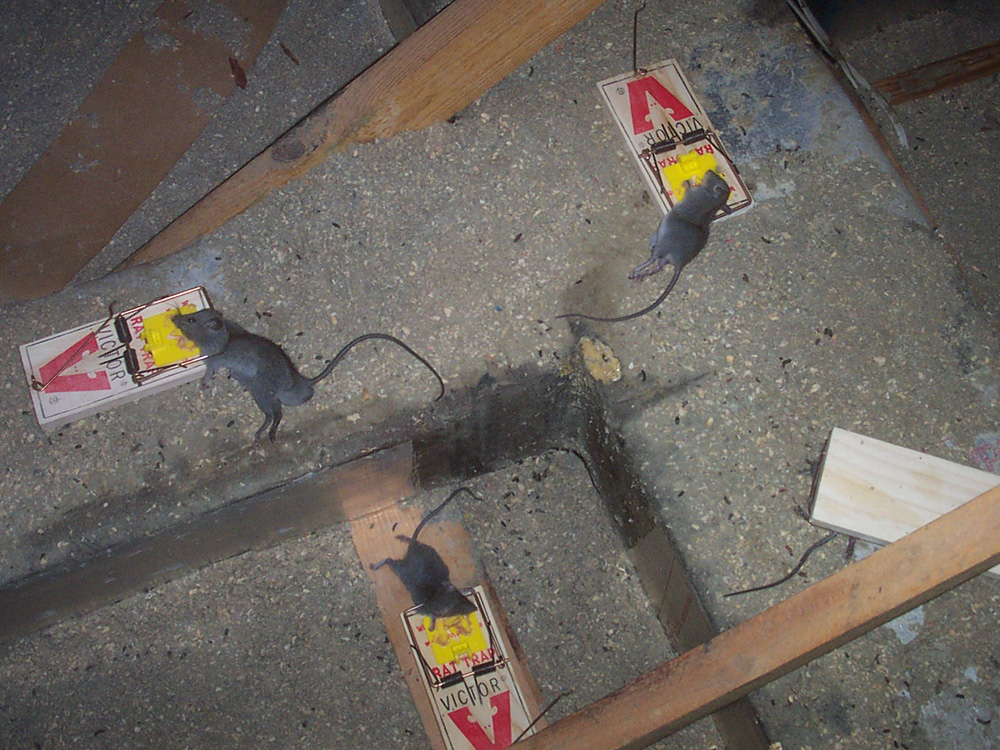Speaking of
statistics let us run through some:
As expected, the most views are for the earlier posts with a
progression of fewer views as the posts become more recent. Like most things
there is a catch however! One of the posts that had the second most views was a
rather recent post. I do have a reasoning for this however, it is a
Christchurch earthquake related post and I am assuming that as people search
things about the Christchurch Earthquake on google, my blog post may have
sneakily come up!!
As we can see from the above graph the figures only add up
to 153 views. This doesn’t quite add up to 374 views as mentioned, it could be
assumed that the other 221 views are my own views... now that a rather sad
story, so fingers crossed it’s a glitch in technology!!
IEM a Global
Concept!!!
I have catered for a global audience!! This shows that it is
not only us kiwis that are interested in this IEM phenomenon! Phew!!
To leave you with a final statistic, I received zero
comments, but that is understandable considering there wasn’t really enough
time to post any comments!!
So why the lack of
comments or views (that possibly weren’t my own)?
A picture tells a thousand words! Felling alone on a log on
a beach, scratching my head and writing an SOS message in the sand hoping some
helicopter or plane will see my message from above and provide some answers. Sounds
like one of those films doesn’t it, and then someone turns up and everything is
ok. Well I do not think writing a message in the sand asking how to improve the
interaction of my blog will help, so let us see what might have helped me out:
- I could have promoted my blog through google or some other outsource, perhaps told some friends (who care about IEM?) to keep up to date with it. However, i feel the best marketing ploy would probably have been to list it on facebook, then my results would have been tenfold given the amount of computers you see signed in on facebook around the place!
- Perhaps I am just a boring person... (I really don’t think I am but this blog may have some things to answer for)
- Maybe everyone is not just into IEM the same as I am and they don’t care (that’s a frightening thought)
- Perhaps I just didn’t provide enough pictures to interest people, apparently no one likes reading essays on-line any more... especially reading a ramble produced by some kid in New Zealand about IEM
Thoughts and Feelings.. (now there’s a scary thought)
Today I am going to stick with
the picture telling the story concept, I mean it doesn’t look like the text
side of things has really gone my way over the past few months. So here we go,
what do you take from this image?
Yes so thats me in the car on my
laptop writing out my IEM blogs!
·
Sometimes I feel trapped and there is nowhere to
go
·
Selecting a path from here is not easy, I mean
look at all those sheep.. that’s what it was like trying to select
environmental issues to blog about, I mean there is so many of them where do
you start. So as you could probably tell I tried to keep my issues close to
home where they may be of interest
·
All these sheep approaching me and smothering
me, it feels like I am at university and there is just assignments being thrown
at me!
·
But good things take time, I mean this guy in
the car is not going anywhere fast but he will (hopefully) still get there, and
look at me I have!! You just have to sit back and relax and wait for the
opportunity to arise and then take it with arms wide open..
·
During the blogging period I would freak out about
what to write and when I’m going to write it. What’s the bet the guy in the car
is freaking out about missing his dental appointment ?
Recommendations to future Bloggers
Yes again the picture tells the
story! Anyone can choose to blog, its even free at blogspot.co.nz where I made
this one.
Make sure you keep up to date
with your blogs, getting behind just puts more sheep around your car and there
will be dust for miles and no way out.
Writing is easier when your passionate
about something, however when you don’t get to choose the topic (IEM) then
relate it back to issues that you are passionate about... no saying that I’m
not a passionate advocate of IEM!!
At the end of the day, blogging isn’t
too bad! And I am now actually beginning to enjoy the concept of it, as you can
now probably tell as I won’t shhh up! I mean you do learn a bit and hopefully
this can be shown throughout my journey along the backbone of IEM. Seeing as
Russia was a frequent visitor I must now appropriately say Do svidaniya!
(good bye)
















